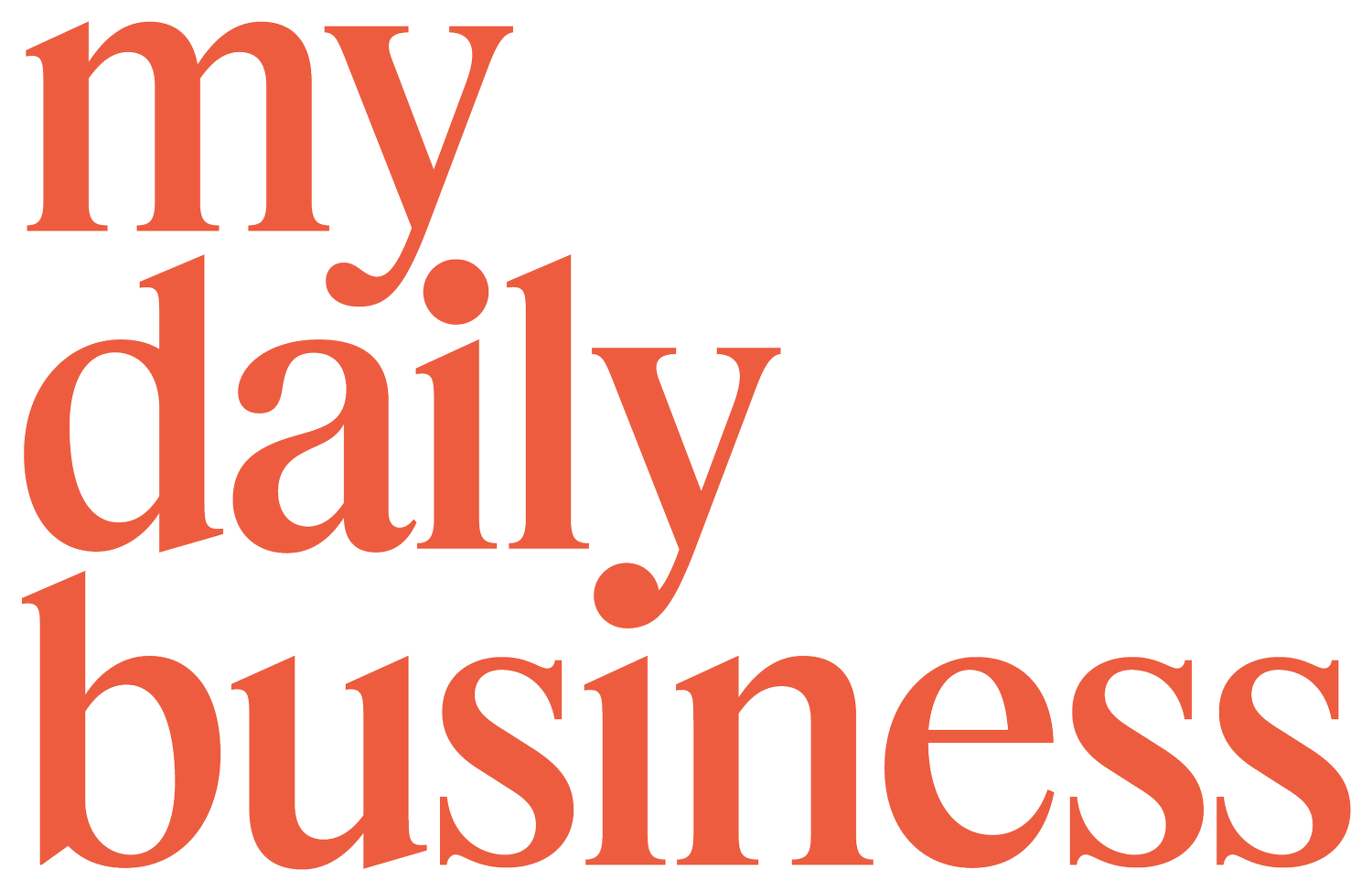30 Ways to Market at Every Stage of the Buyer Cycle
Think about the last big purchase you made. Chances are you progressed through what's called "The Buyer Cycle" without even being aware of it. You considered what you wanted to buy, you (like 90% of folk) looked online for reviews, you spoke to friends/colleagues, you looked at alternate options/brands and then you made the purchase. If you're lucky, the business sent you their thanks via an email, discount for the next purchase, surprise gift or adding you as a VIP client/member.
So, what is The Buyer Cycle? Well, it's basically the five stages most people will go through when buying a product or service:
Awareness
Research
Evaluation
Purchase
Post-Purchase
NEED HELP GROWING YOUR BUSINESS?
SIGN UP BELOW TO RECEIVE A FREE DOSE OF BIZ INSIGHTS AND TACTICS DELIVERED WEEKLY!
The problem is that most small business owners focus their content or marketing on one or two of the stages (usually Awareness and Purchase), rather than all of them — and that's where they're missing out!
Here's a few ideas about how you can meet your customers (past, present and potential) where they are in the cycle, create a genuine connection and build brand loyalty — the ultimate goal for all marketing.
1. Awareness
Most companies focus on this area and chances are your small biz has too. Examples of Awareness marketing are things like:
launch events
Google and FB adverts with generic information aimed at driving new business
SEO and content audits
advertising services in closed FB groups and on industry websites
direct mail
printed marketing materials such as flyers, posters and car decals
sponsoring events
2. Research
Apart from your own website, advertising and social media accounts, how else might someone find out about your business? If you can't think of three ways quickly, then you need to focus more on this stage.
When someone is in the Research phase, they're really looking for "social proof" that your business is worth a value exchange. Examples of Research marketing may include:
guest blogging for other brands / relevant bloggers
collaborating on an event or product
keyword targeted landing pages
influencer marketing
utilising relevant hashtags people use to find services / products like yours. (You can find these often by looking at your competitors and seeing which hashtags they use or using a site like Keyhole or Hashtracking, as well as reviewing top hashtags through the IG tags tool. Consider adding locations into your hashtags such as #sydneyceramics not just #ceramics and always put the majority of hashtags in your first comment, not your initial post)
getting media / PR (try your local paper first, as it's often easier to get a piece written as they love featuring local businesses doing well)
reviews about your product / service on other sites (read this great article on Shopify to start with)
3. Evaluation
This is one of the most crucial steps but one the majority of businesses will completely bypass. People in this stage have high intent to purchase from you and are just reviewing how you may be better than your competitor.
Evaluation marketing might include:
adding testimonials to your site / social at a point when people are showing purchase intention, such as on About Us and product detail pages
providing spec sheets (products) or rate cards (services) and ensuring there's adequate information on your product page (video is great for this!)
urgency advertising i.e. discount for next 24 or 48 hours or having people commit to your services before you increase prices in X weeks.
4. Purchase
Your audience has done their research and is ready to splash the cash, but often they'll just need one more thing to confidently make their move. This could be:
presenting coupons / vouchers via your site / social
offering payment instalment options (such as After Pay)
sending abandon cart emails
5. Post-Purchase
This is by far the stage small business owners forget. It's like "thanks for your money buddy, see ya later!" and then the customer feels totally forgotten (much like a date that got what they wanted and never called you again #totallyharsh).
Ironically, focusing on this stage is often the most profitable. In my time working in-house for some of the world's largest ecom companies, the majority of our marketing was focused on retaining customers.
It's 6-7x harder to get a new customer than to keep an existing one.
Examples of marketing to people in this stage include:
we miss you and back in stock emails with an incentive for people to return, such as a discount
monthly company updates
LinkedIn updates on your company (if service/consulting business)
time to update emails (i.e. 3 months post purchase of an item (i.e. candle) you send a follow up/reminder email that it may be time for a new one)
End of Financial Year emails (great for health-based businesses i.e. use up your insurance)
creating a targeted Thank You Page depending on what they buy (i.e. this bag goes with that purse)
adding a "need a reminder in 12 months?" box on your Thank You Page (amazing for florists, gift companies, accountants or anything related to new baby / birthday / wedding anniversaries, funerals etc.)
VIP loyalty programs
targeted status updates (i.e. your stock will arrive on X, here's items other people like you bought)
in-person events (for key stockists or, if you run a service-based biz, clients)
These 30 ideas are just a starting point to get you thinking about what you're doing (or not doing) in your marketing. You can also utilise these stages when reviewing your analytics to figure out what works and what could be improved (i.e. is giving people a 5% discount when they abandon cart working or should it be 10% to increase conversion? Are your return visitors increasing after a monthly newsletter mail out?).
Download this Buyer Cycle PDF and refer to it when you're working on your upcoming marketing plan.

